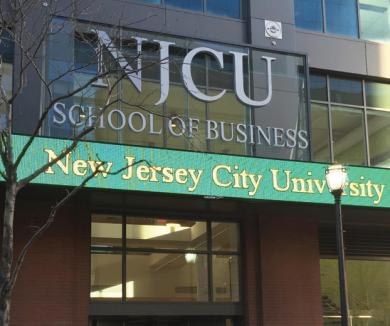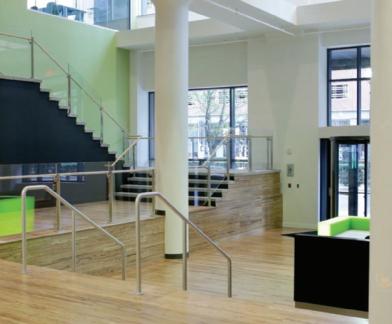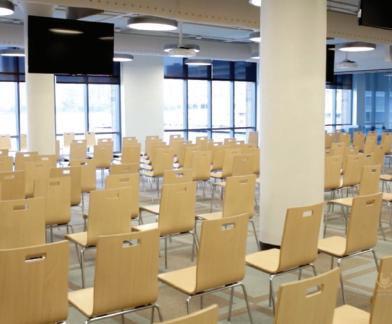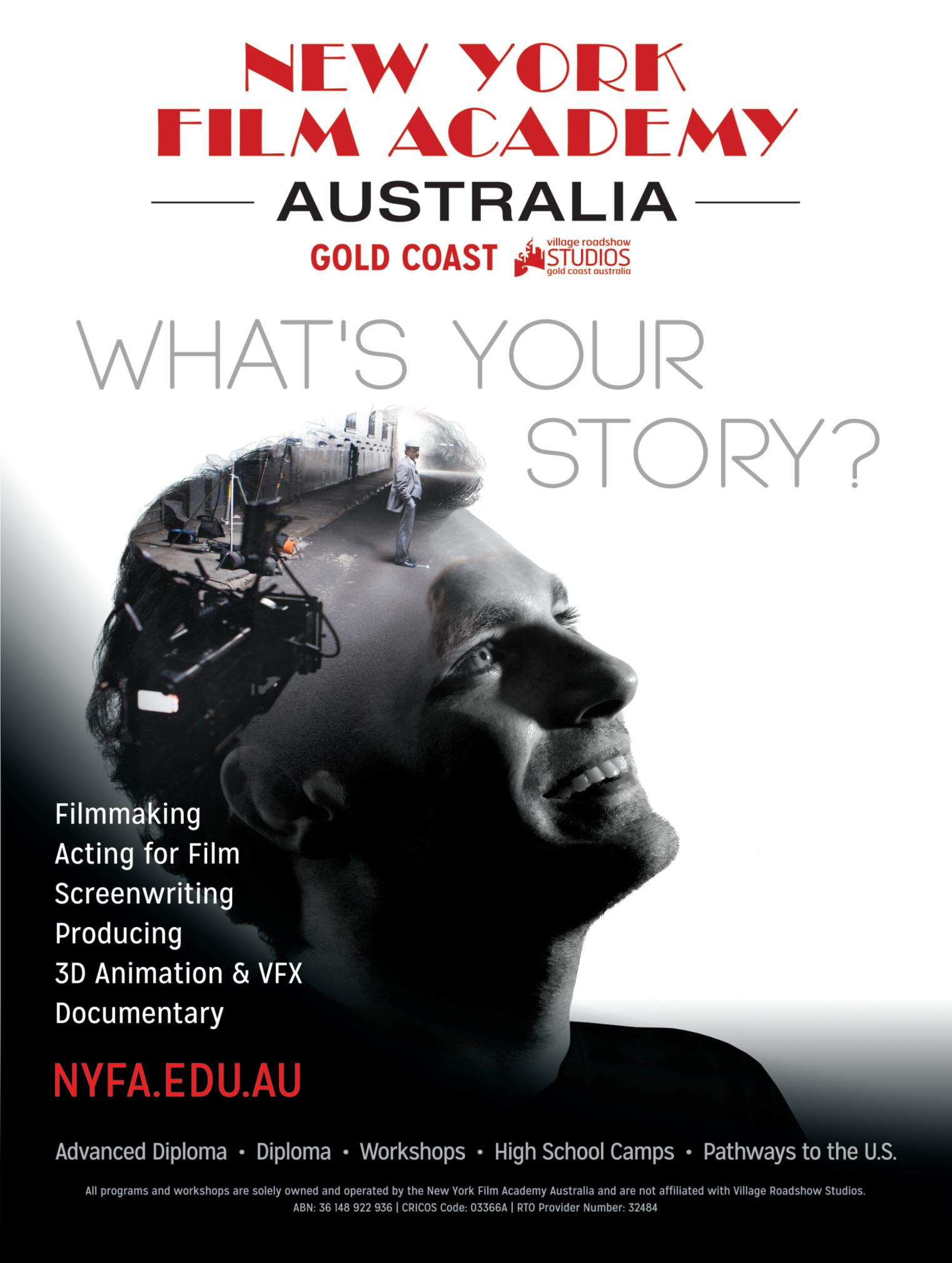



A Distinguished Career Bridging Systems, Cities, and Society at MIT










A Distinguished Career Bridging Systems, Cities, and Society at MIT






Intheever-evolvingrealmofdata,systems,anddecision-making,afewmindsstandasbeaconsofclarityand
direction.ThisInsightsSuccesseditionof The Strategic Mind paystributetoonesuchvisionaryProfessor RichardLarson,whosejourneythroughthecorridorsofMITandbeyondhashelpedshapetheveryfoundationsof interdisciplinarysystemsthinking.
AsthefoundingdirectoroftheMITInstituteforData,Systems,andSociety(IDSS),RichardLarsonhasconsistently demonstratedarareblendofacademicbrillianceandpracticalforesight.Hisworkbridgesthegapbetweentheoryand impact,influencinghowweapproachchallengesinurbaninfrastructure,healthcare,andpublicsystems.Thisedition celebratesnotonlyhisacademicachievementsbutalsohisabilitytomentor,inspire,andleadwithpurpose.
WhatmakesProfessorLarson’sstoryparticularlycompellingishisunwaveringcommitmenttosocietalbetterment throughsystemsscience.Hisjourneyreflectsadeepbeliefinthepowerofdata-informeddecisionsandcollaborative inquiry Asyouturnthesepages,youwilldiscoverthephilosophies,milestones,andenduringlegacyofamanwhose influencetranscendstheboundariesofdisciplines.
Weinviteyoutoexplorethistributetoastrategicthinkerwhoseinsightscontinuetoinformpolicy,empowerlearners, andtransformindustries.Mayhisstoryserveasbothareflectionandasparkencouragingeachofustolookdeeper, thinkbroader,andleadwithbothintellectandheart.
Happy Reading!


A Distinguished Career Bridging Systems, Cities, and Society at MIT
From Intention to Achievement
Transforming Schools Through Educa�onal Leadership
From Blackboards to Algorithms
Revolu�onizing Educa�on Through Digital Learning









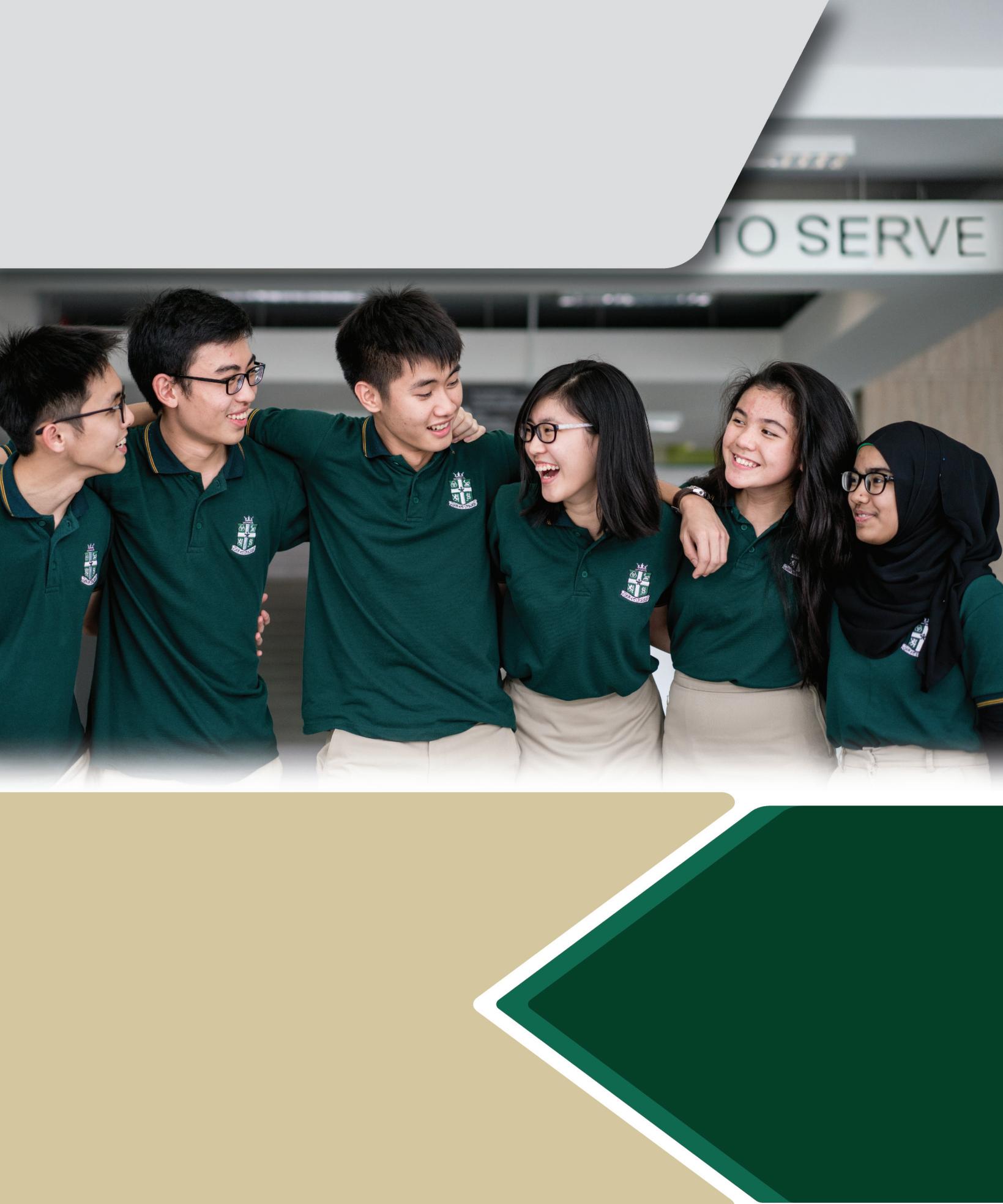







“Dr. Richard C. Larson has maintained a singular focus: improving systems for the benefit of society.”
Fewacademicscanclaimacareerasmultifacetedand enduringasthatofDr.RichardC.Larson.Spanning nearly five decades, Dr Larson’s journey through academiaillustratesthetransformativeimpactoneindividual can have when engineering principles, public policy, and educational innovation intersect From his earliest appointmentsinelectricalengineeringtohisleadershiproles in systems science and global education, Larson’s work has reshapednotonlyhowwethinkaboutcitiesandtechnology but also how we prepare the next generation to solve the world’smostpressingproblems.
Bornwithaninnatecuriosityandadrivetoimprovesystems, Dr Larson's academic voyage has traversed a unique combinationoftechnicalexpertiseandsocialconsciousness. Hisearlyrolesblendedtherigorofelectricalengineeringwith thepracticalcomplexitiesofurbanplanning,laterevolvingto encompass operations research, service science, and data systems.Alongsidehisdeeptechnicalscholarship,Larsonhas been a tireless advocate for reforming education, embracing blended learning, and expanding global access through initiativeslikeMITLINC.
This profile traces the milestones of Richard Larson’s professionaljourney—astoldbyhim—highlightingnotjust his numerous academic appointments and groundbreaking research,butalsotheenduringvisionthatconnectsthemall:a commitmenttosystemsthinkingforsocietalbetterment.
RichardC.LarsonbeganhisacademictenureasanAssistant Professor of Electrical Engineering from July 1969 to June 1971.Therolewasthefoundationofacareerthatwouldsoon span disciplines and departments. From July 1971 to June 1972, he took on a joint appointment in Urban Studies & Planning and Electrical Engineering, setting the tone for his long-standinginterdisciplinaryapproach.
By July 1972, Dr. Larson became anAssociate Professor in Urban Studies & Planning, Electrical Engineering, and Computer Science. This combination represented a shift toward using quantitative methods to address urban and societalchallenges.HewaspromotedtofullProfessorinJuly 1979, a role he held through 1988, in both Electrical EngineeringandUrbanStudies&Planning.
As Larson reflected, each transition represented not just a change in title but a deepening of his focus on applying rigorousengineeringprinciplestoreal-worldproblems.
From 1988 to 2003, he served solely as a Professor of ElectricalEngineering.Then,inamajorpivot,hetransitioned to the Department of Civil and Environmental Engineering andtheEngineeringSystemsDivisionfrom2003to2009.In 2004, Larson was honored with the prestigious Mitsui Professorship, recognizing his exceptional contributions to interdisciplinaryresearch.
His leadership roles at MIT expanded as he became a ProfessorintheEngineeringSystemsDivision(2009–2015), and later in the Institute for Data, Systems, and Society (IDSS) from 2015 to January 2018. Since then, Larson has served as a Post-Tenure Professor at IDSS, continuing his scholarly pursuits while mentoring a new generation of systemsthinkers.
Reflecting on these roles, Larson noted that the interdisciplinarynatureoftheseappointmentsallowedhimto think beyond silos and tackle problems holistically — from urbancongestiontoglobalpandemics.
InadditiontohisMITcommitments,Dr.Larsonheldnotable visiting appointments In 1976, he served as Visiting AssociateProfessorofOperationsResearchattheUniversity of California, Berkeley In 1981, he spent half a year at the Technical University of Denmark, enriching his global perspectiveonoperationsresearchandpublicsystems.
Theseinternationalexperiences,accordingtoLarson,helped shape his later work in global education and information systems, particularly as he observed common challenges in urbanization, public health, and education across diverse geographies.
“Dr. Richard C. Larson has maintained a singular focus: improving systems for the benefit of society.”






Dr Larson’s influence extends well beyond traditional academicconfines.From1995to2003,heservedasDirector of the Center for Advanced Educational Services at MIT, wherehefocusedonintegratingtechnologyintoeducation.In 2001, he founded MIT LINC (Learning International NetworksConsortium),whichheleduntil2015.Thisglobal initiative fostered collaboration among educators across continents to share best practices in online and blended learning.
He also served as Co-director of the Operations Research Center(1977–1986,1991–1995)andlaterfoundedtheCenter for Engineering Systems Fundamentals (2005–2016).These rolesunderscorehisdedicationtobothoperationalexcellence andsystemicchange.
Larsonfrequentlyemphasizedthateducationshouldnotonly disseminateknowledgebutalsoempowerstudentstobecome problem-solversandinnovatorsintheirownright.
Research Contributions: Urban Systems, Public Health, andEducation
Larson’s research has appeared in numerous high-impact journals over the decades, covering a spectrum of topics. Recent contributions include the strategic placement of sensors in sewer networks to detect COVID-19, demonstrating his continued relevance in real-world crises. His collaborative work in public health, such as analyzing preventive behaviors and vaccination perceptions, bridges engineeringandepidemiology.
“Dr. Larson’s work also explores innovative models in blended learning, including the MIT BLOSSOMS project and ePortfolios for college admission.”



One of his hallmark themes is identifying systemic inefficiencies in academia itself. His papers on postdoctoral queues,theSTEMsurplusvs.crisisdebate,andacademicjob market mismatches highlight his commitment to reforming institutionalstructures.
Dr Larson’sworkalsoexploresinnovativemodelsinblended learning, including the MIT BLOSSOMS project and ePortfoliosforcollegeadmission.Hisdiverseresearchtopics, fromcongestionpricingtovaccineallocation,reflectamind constantly seeking data-driven solutions to pressing societal issues.
In the early 2000s, Dr. Larson was one of the pioneers advocating for the field of service science, integrating engineering, social science, and management to improve servicesystems.Hiscommentaryin Service Science journals championed cross-disciplinary collaboration to address complex challenges like healthcare delivery and infrastructuredesign.
Larson’s work on pandemic preparedness, including behavioral modeling and vaccine logistics, has been widely citedandusedinpolicydiscussions.Thesecontributionshave earned him accolades and speaking engagements at global platforms such as the American Association for the AdvancementofScience(AAAS).
His perspective remains that service systems from healthcare to education to urban planning — must be reengineeredcontinuallyinresponsetochangingtechnologies anduserneeds.
Whether modeling traffic congestion, developing education platforms,oranalyzingacademiclabormarkets,Dr.Richard C.Larsonhasmaintainedasingularfocus:improvingsystems for the benefit of society. His ability to cross disciplinary boundaries and anticipate future challenges marks him as a pioneerinsystemsthinking.
He believes that impactful research doesn’t merely sit in journals; it guides policy, transforms institutions, and improves lives. His students and collaborators continue to echothisethosintheirownwork,atestamenttohisenduring influence.
“Dr. Larson’s journey through academia illustrates the transformative impact one individual can have when engineering principles, public policy, and educational innovation intersect.”
As Larson often remarks, the goal of research is not only to understandtheworldbuttomakeitbetter—onemodel,one paper,onestudentatatime.
Evenpost-tenure,RichardC.Larsonremainsdeeplyengaged inbothscholarlyandpracticalwork.Hisrecentpublications on pandemic response, systemic education reform, and infrastructure innovation show a relentless pursuit of relevanceandimpact.
As a global educator, systems thinker, and engineering visionary, Larson exemplifies what academia can aspire to: notonlyknowledgegenerationbutknowledgeapplicationfor the common good. His legacy is one of curiosity, rigor, and compassion — an enduring guidepost for future generations ofscholarsandproblem-solvers.




In today's rapid, dynamic education environment,
leadership is leading the charge in developing school culture, direction, and overall success Education leadershiptranscendsprocessmanagementandbureaucratic roles.Itisthesparkthatmovesschoolcommunitiesthrough challenges, ignites innovation, and makes quality education accessible to all students. Effective school leaders create climatesforteachingandlearningthatsupport,motivate,and place students at the forefront of every decision. The world outside the classroom is changing at a pace never before experienced. As technology is changing, shifting societal needs, and mounting concern for educational disparities, schoolsmustkeeppace,quicklyandintelligently
This article outlines the most significant areas in which education leadership can create change: establishing visionary goals, creating collaborative cultures, and leading forequityandstudent-centeredpractices.
A changing school is one that possesses a clear and compellingvision.Educationalleadersmustestablishalongterm plan of action that not only is the result of the school community'svaluesbutalsoalignswiththeneedsofaneverchanging world The vision must inspire educators and studentsalikeandbeinlinewiththegeneralschoolordistrict mission Crafting a good vision requires input from stakeholderslikestudents,parents,teachers,andcommunity members.Whenpeoplehaveastakeinasharedgoal,theyare thatmuchmoreinvestedandengaged.


Strategic planning is the key process that turns a vision into reality.Schooladministratorsmustdevelopsystematicplans which stipulate specific goals, allocate the appropriation of finances,andsetmilestonesforachievement.Thismustbeled bydataandinformedbyongoingfeedback.Effectiveleaders continuously evaluate progress and flexible enough to alter when the situation calls for it. They also foster a climate of creativity by encouraging the adoption of innovative instructional tools and methods. Through visionary leadership and planning, schools can be responsive institutions that are able to transform without sacrificing a senseofdirection.
This kind of school culture is one that values collaboration, trust, and common purpose. It is the work of instructional leaders to design such environments, where teachers are motivated to share ideas, learn from one another, and work together towards common goals Professional growth, teaching, and consistency in student experience are all promoted by such a culture. Morale among staff members, retention of staff, and student achievement are generally improvedbyleaderswhosupportteachercollaboration.
Leadershipshouldalsofosterdistributedorsharedleadership models. Here, leadership is not confined to a particular position or department. Instead, responsibilities are shared amongteachers,coordinators,andotherstaffwhocontribute differentskillstothemix.Distributionhelpsbuildleadership capacity in the school and encourages shared ownership of schoolresults.Inaddition,studentvoicesmaybeinvolvedin decision-making,encouragingtheirparticipationandsenseof responsibility.Acollaborativeschoolcultureisoneinwhich allmembersofthecommunityarerespected,listenedto,and invitedtoparticipatetobuildabetterschool.Apartfromthat, school administrators must possess effective conflict resolution and team-building skills. Creating professional learning communities, mentorship programs, and open forums can also help to promote teamwork. Since collaborationisdeeplyingrainedinthecultureoftheschool, it fosters resilience and creativity even in times of transformationoruncertainty
Oneofthemajorresponsibilitiesofeducationalleadershipis toprovideallstudentswithanequalopportunitytosucceed. This requires a commitment to equity that transcends equal accesstoincludefairness,inclusiveness,andresponsiveness to different students' individual needs Leaders should
identifyandaddresssystemicbarriersthatpreventparticular student groups from thriving. These may be curriculum biases, technology access disparities, language concerns, or discriminatory discipline policies. Equity leadership is the utilization of data to identify disparities, listening to the voices of underrepresented populations, and applying targetedinterventionsthataretailoredtoparticularneeds.
Alongside equity, there needs to be a shift towards studentcentered learning in order to render school change meaningful Student-centered learning recognizes that students themselves are active players in their learning processes. Educational leaders need to support instructional modelsthatfacilitatepersonalization,experientialeducation, andrelevancetoreal-worldsettings.Thiscanincludeprojectbased learning, adaptive measures for assessment, and integration of social-emotional learning. Leaders play a criticalroleinhelpingteacherstakerisksandexperimentwith newmethodsandreflectonwhatworksbestfortheirstudents.
Schoolreformthrougheducationalleadershipisdonethrough long-term commitment, vision, collaboration, and a fierce passionforstudents'success.Justmaintainingthestatusquo or focusing on administrative efficiency is not enough. Instead,schoolleadersmustbechangeagentswhomotivate, guide, and mobilize their communities to support collective goals.Whetherthroughthecreationofstrategicdirection,the development of collaborative cultures, or the provision of equity and student-centered learning, successful leadership canredesignschoolsinwaysthatworkforall.Aseducation evolvestoaddresssocial,economic,andtechnologicalneeds, the challenge for school leaders will rise. So too, however, willthepromise.Throughpurposeandintentionalleadership, schools can be vibrant, democratic, and forward-thinking placeswhereallstudentscanlearnandthrive.

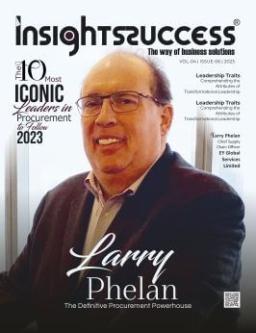

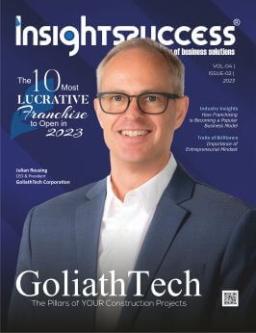
www.insightssuccessmagazine.com
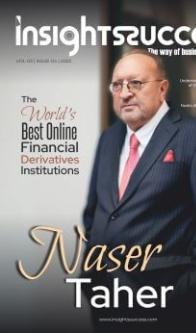

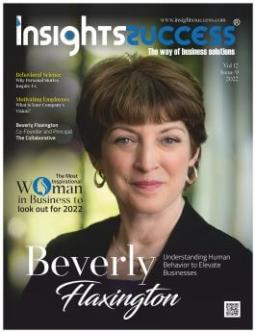
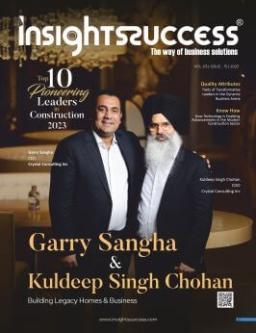





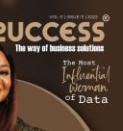



In recent years, education has undergone a significant transformation, one that is reshaping how we learn, teach, and connect with knowledge.At the heart of this evolution lies digital learning, a dynamic approach that leverages technology to make education more accessible, flexible, and personalized. From online classrooms and virtuallabstoAI-driventutorsandinteractivecontent,digital learningisnotjustatrendisthefutureofeducation.
The growth of digital learning has been accelerated by the increasing accessibility of the internet and mobile devices. What began as a supplementary tool has now become a cornerstoneofmoderneducationsystems.Especiallyduring theCOVID-19pandemic,digitallearningplatformsbecame the primary mode of instruction for millions of students aroundtheworld.
This shift revealed both the potential and the necessity of integratingdigitaltoolsintomainstreameducation.Students could attend classes, submit assignments, collaborate with peers, and receive feedback all from the comfort of their homes. The transition wasn’t always smooth, but it highlighted the incredible possibilities that digital learning canofferwhenimplementedeffectively
One of the most powerful benefits of digital learning is its ability to remove geographical and logistical barriers. Traditional classroom settings often limit access based on location, infrastructure, or availability of qualified instructors Digital learning platforms, however, offer educational opportunities to students in remote villages as easilyastothoseinurbancenters.
Astudent in a rural area with a smartphone and an internet connection can now access the same resources as someone attending a top-tier university This democratization of education helps bridge the gap between different socioeconomic backgrounds and opens the door for lifelong learningatanyage.
Every student learns differently Some grasp concepts quickly,whileothersrequiremoretimeandrepetition.
Intraditionalclassrooms,it’schallengingforteacherstocater totheindividualneedsofeachstudent.Here,digitallearning shines.
With adaptive learning technologies, digital platforms can analyzealearner’sprogressandcustomizecontentbasedon their strengths, weaknesses, and learning pace.This level of personalization fosters deeper understanding and better retentionofknowledge.Interactivevideos,gamifiedquizzes, and real-time feedback also make learning more engaging, turning passive study sessions into active educational experiences.
While digital learning primarily focuses on students, it equally benefits educators. Teachers now have access to a variety of tools that enhance their teaching strategies. From live virtual classes and discussion forums to automated grading systems and data analytics, educators can track studentperformancemoreeffectivelythaneverbefore.
Digitallearningplatformsalsoallowteacherstocollaborate, share resources, and learn new pedagogical methods from global peers.This not only improves the quality of teaching but also encourages innovation in curriculum design and delivery
Despite its many advantages, digital learning is not without challenges. Access to technology remains uneven, particularly in low-income communities. Internet connectivity, device affordability, and digital literacy are significanthurdlesthatmustbeaddressedtoensureequitable educationforall.
Moreover, the lack of face-to-face interaction can affect the social developmentof students, especiallyyounger learners. Theroleofparentsandguardiansbecomescrucialinensuring thatchildrenremainfocusedandemotionallysupportedwhile learningonline.
Educators,too,requireadequatetrainingandsupporttomake the most of digital tools. Without proper guidance, digital learningcanbecomeoverwhelmingorineffective.Therefore, institutions must invest in professional development and robust infrastructure to create a thriving digital learning ecosystem.
As we look ahead, digital learning will continue to evolve with advancements in artificial intelligence, virtual reality, andaugmentedreality Imaginestudentsexploringtheinside of a human body in 3D or taking a virtual tour of ancient civilizations—all through their screens. These immersive experiences can make education more exciting and memorable.
Moreover,AI-poweredtutorswillprovidereal-timesupport, answering questions, recommending resources, and helping studentsstayontrack.Blockchaintechnologycouldalsoplay aroleinsecurelystoringacademiccredentialsandtranscripts, making it easier for students to share their achievements acrossborders.
While technology is the driver, the heart of digital learning remains human. It is about empowering individuals with knowledge, fostering curiosity, and creating meaningful connections between learners and educators.Thegoal is not toreplacetraditionalteachingbuttoenhanceandcomplement it.
Parents, teachers, and communities must work together to ensurethatdigitallearningisusedresponsiblyandeffectively The focus should always be on the learner—on nurturing criticalthinking,creativity,andcollaboration.
Digital learning is revolutionizing education by making it more inclusive, engaging, and adaptable to the needs of modern learners. It is not a one-size-fits-all solution but a powerful tool that, when used thoughtfully, can transform livesandsocieties.
As we continue to embrace this new era, it is essential to ensure that no learner is left behind. By addressing the challengesandbuildingontheopportunities,wecancreatean educationallandscapewherelearningistrulylimitless.


